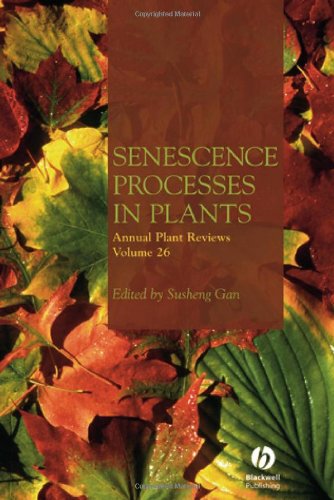(Ebook) Senescence Processes in Plants (Annual Plant Reviews, Volume 26) by Susheng Gan ISBN 9780470994269, 9781405139847, 0470994266, 1405139846
The importance of research into plant senescence cannot be overemphasized. Senescence processes are unique developmental programs that involve unique mechanisms. For example, unlike many other developmental processes in plants thatinvolve cell division, cell differentiation, and/or cell growth (enlargement), leafsenescence is achieved by a massive operation of programmed cell death and nutrient recycling. It is known that new gene expression is required in order for leaf cellsto destroy themselves and to recycle nutrients. The cell has to maintain its machinery necessary for new gene expression and nutrient transport while its subcellularstructure and macromolecules are being dismantled by some of the new gene products. How gene expression is regulated and how this complex process operates arecurrently among the most significant biological questions.This volume summarizes recent progress in the physiology, biochemistry, cell biology, molecular biology, genomics, proteomics, and biotechnology of plant senescence. The term senescence has been used by both plant and animal biologists, butit may describe completely different processes. Beginning with senescence-relatedterminology and our current knowledge of mitotic senescence in plants (a less wellstudied area, Chapter 1), the book focuses on post-mitotic senescence, includingsenescence of leaves (Chapters 2 through 10), flowers (Chapter 11), and fruits(Chapter 12). This research has led to the development of various new biotechnologies for manipulating the senescence processes of fruit (Chapter 12) and leaves(Chapter 13), some of which are approaching commercialization.
*Free conversion of into popular formats such as PDF, DOCX, DOC, AZW, EPUB, and MOBI after payment.


